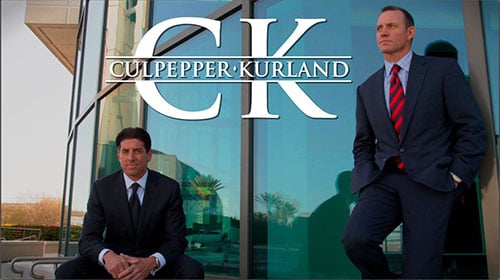We’re already past the midpoint of the year, so the days are getting shorter and the nights are getting longer. Unfortunately, that means that more people will soon be doing their nightly walks, early-morning jogs and other pedestrian activities in the dark.
Pedestrians are up to seven times more likely to be killed at night than in the daytime, and your chance of being hit increases 1,100% after dark. With that in mind, let’s brush up on some life-saving tips:
- Stick to the sidewalks. If a sidewalk isn’t available, make sure that you keep the traffic in front of you, not at your back.
- Stay sober. Don’t walk home from the bar. Inebriation can cause you to make a deadly mistake, so get a ride instead.
- Stay alert. Don’t get lost in your smartphone. Don’t tune out the world (and traffic) with your headphones.
- Aim for well-lit areas. If you can, confine your nightly excursions to areas that have plenty of streetlights.
- Wear reflective clothing. Bright colors, white clothing and reflective strips on your shoes, jacket or hat really can help drivers see you in time to stop.
- Use crosswalks. Try to plan your route so that you don’t have to cross the street without a crosswalk. While it doesn’t automatically protect you, it does help.
- Don’t rely on signals. Just because the crosswalk is signaling that it’s okay to step into the road doesn’t mean you should do it. Look around and make sure that cars have stopped before you step out.
- Make eye contact. Whenever possible, make eye contact with the drivers in cars that you have to pass. That helps them consciously tune into your presence.
No matter how careful you are, there’s always the possibility that a driver in a rush or a driver who isn’t paying attention will hit you. If that happens, focus on getting the appropriate medical treatment first. Then, find out what it takes to get fair compensation for your injuries and losses.


